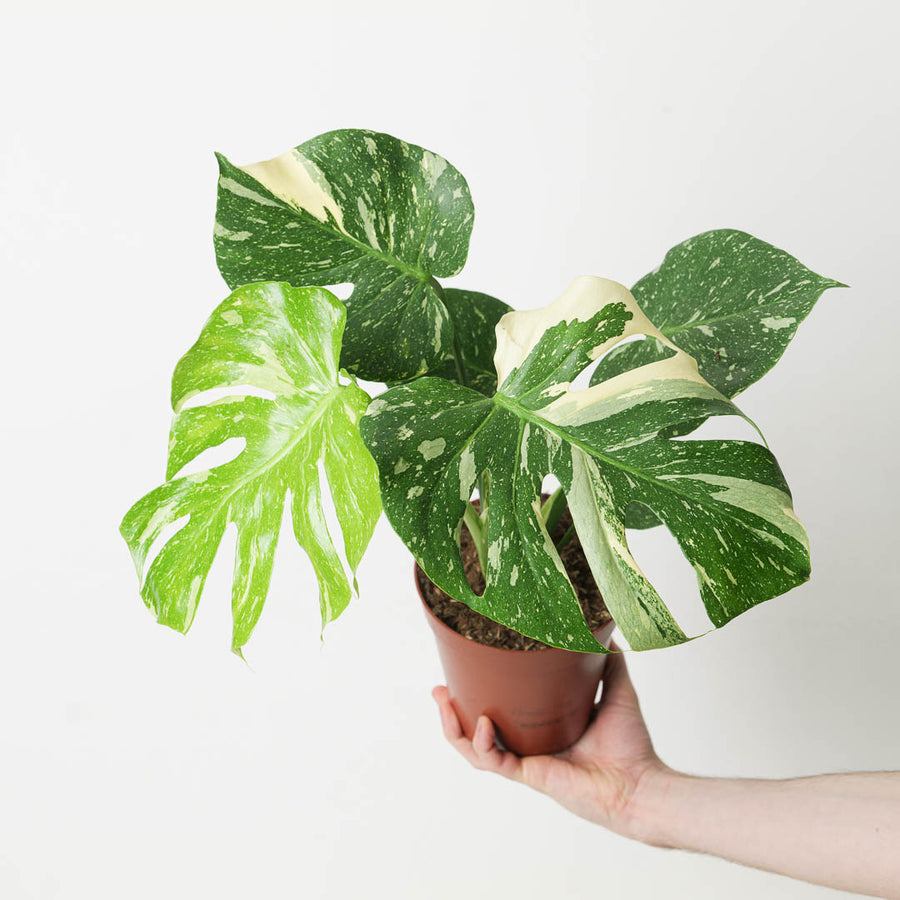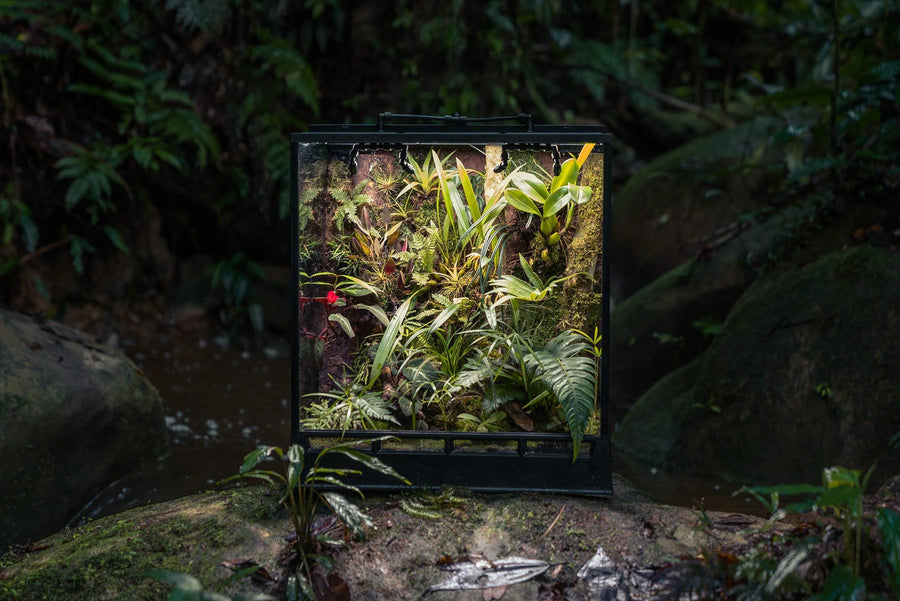Euphorbia abyssinica variegated, commonly known as the Variegated Desert Candle or Variegated Candelabra Spurge, is a unique, upright succulent with distinctive yellow and cream variegation along its green, columnar stems. This variety showcases the same ribbed, sculptural form as the standard Euphorbia abyssinica but with striking variegated patterns that create an eye-catching contrast. Its thick, ridged stems are adorned with small spines along the edges, adding texture and architectural appeal. Indoors, this plant can grow up to 1–2 metres tall, forming a dramatic vertical accent in bright spaces.
This Euphorbia is highly drought-tolerant, easy to care for, and thrives in well-lit indoor environments. Its vibrant variegation and low-maintenance nature make it a popular choice for enthusiasts who enjoy bold, structured plants with a hint of colour.
Native to
While Euphorbia abyssinica is native to the dry, rocky regions of Ethiopia and East Africa, the variegated form is a cultivated variety. It retains the hardiness of its wild relatives and is well-adapted to dry, sunny indoor conditions, with minimal need for watering.
Water
Water sparingly, allowing the soil to dry out completely between waterings. This plant is highly drought-tolerant, so it’s essential not to overwater, as excessive moisture can lead to root rot. During winter, reduce watering frequency even further to once a month or less, as the plant enters a period of dormancy.
Light
Euphorbia abyssinica variegated thrives in bright, direct light. Position it near a south- or west-facing window where it can receive ample sunlight, which will enhance its variegated colours. It can tolerate lower light but may lose some of its vibrant colour and grow more slowly under such conditions.
Humidity
This Euphorbia is well-suited to low indoor humidity and requires no additional humidity maintenance. It tolerates dry air comfortably, making it ideal for typical indoor environments.
Temperature
This plant prefers warm temperatures between 18°C and 26°C, similar to its native arid conditions. It should be kept above 10°C to avoid stress, as it is sensitive to cold temperatures. Avoid cold drafts and sudden temperature changes, particularly during the winter months, to keep the plant healthy and thriving indoors.









